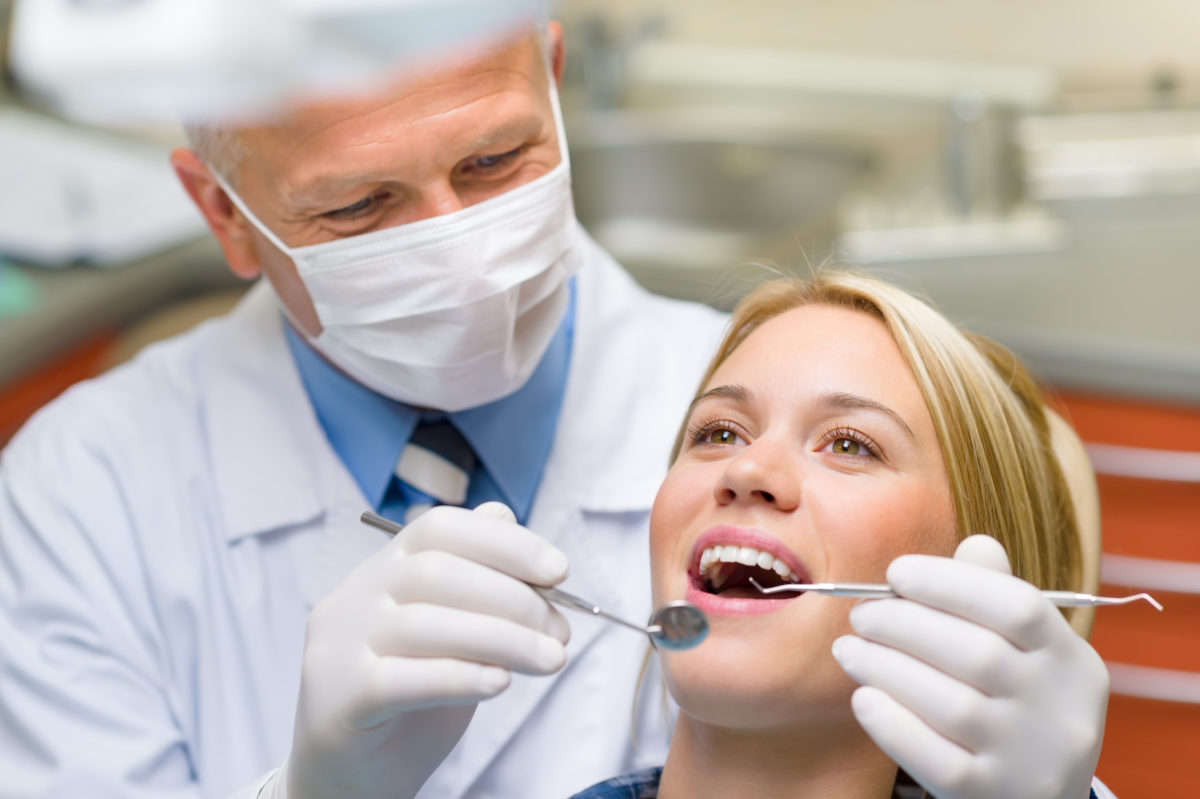The Of Legacy Orthodontics
The Of Legacy Orthodontics
Blog Article
Top Guidelines Of Legacy Orthodontics
Table of ContentsAbout Legacy OrthodonticsThe Main Principles Of Legacy Orthodontics Get This Report on Legacy OrthodonticsSome Known Incorrect Statements About Legacy Orthodontics Examine This Report about Legacy Orthodontics
In addition, we supply adjustable therapy timetables, adaptable settlement choices and a fun, pleasurable experience.An orthodontist is a dental professional educated to diagnose, stop, and deal with teeth and jaw irregularities. They deal with existing conditions and are educated to recognize problems that might establish in the future. Orthodontists deal with people of every ages, from children to adults. Individuals commonly link an ideal smile with healthiness.
Malocclusion, or misaligned teeth, can result in oral problems, including dental cavity, gum tissue illness, and challenging or excruciating eating. However not everybody is birthed with straight teeth. If you have a bad bite or huge areas in between your teeth, you may intend to get in touch with a dentist focusing on orthodontic treatment.
The Of Legacy Orthodontics
( Photo Credit Rating: DigitalVision/Getty Images) Orthodontists use taken care of and removable dental tools, like dental braces, retainers, and bands, to transform the setting of teeth in your mouth. Orthodontic treatment is for oral abnormalities, consisting of: Misaligned teethBite issues, like an overbite or an underbiteCrowded teeth or teeth that are too much apartJaw misalignmentThe objective of orthodontic therapy is to enhance your bite.
A healthy and balanced bite ensures you can consume, chew, and speak effectively. While you might think about orthodontists as generally for youngsters or teens that require dental braces, they can fix oral issues at any type of age. Orthodontists attend university, dental institution, and orthodontic institution. After college graduation, they invest 2 or 3 years in an orthodontic residency program.
All orthodontists are dentists, yet not all dentists are orthodontists. Orthodontic residency programs provide extensive, concentrated instruction for dental professionals. They concentrate on 2 locations: Exactly how to correctly and securely relocate teeth Just how to appropriately assist growth in the teeth, jaw, and faceOnce an orthodontist has completed training, they have the alternative to become board licensed.
The Basic Principles Of Legacy Orthodontics
Misalignment, or malocclusion, is one of the most typical factor individuals see an orthodontist. It is hereditary and is the outcome of dimension differences between the upper and reduced jaw or between the jaw and teeth. Malocclusion leads to tooth overcrowding, a twisted jaw, or uneven bite patterns. Malocclusion is normally treated with: Your orthodontist affixes metal, ceramic, or plastic square bonds to your teeth.
If you have just small malocclusion, you might be able to use clear braces, called aligners, rather than typical braces (https://www.bark.com/en/us/company/legacy-orthodontics/akk7YG/). Some individuals require a headwear to assist relocate teeth into line with pressure from outside the mouth. After dental braces or aligners, you'll require to use a retainer. A retainer is a custom-made device that keeps your teeth in position.
They're usually made use of on children. They can produce added room in the mouth without needing to pull teeth. If you have a significant underbite or overbite, you might require orthognathic surgical treatment (likewise called orthodontic surgical procedure) to extend or reduce your jaw. Orthodontists use cables, surgical screws, or plates to support your jaw bone.
You might require to see an orthodontist if you have: Crowding or not adequate room for every one of your teethOverbite, when your upper teeth come by your bottom teethUnderbite, when your base teeth are too much forwardSpacing or problems with gapsCrossbite, which is when your top teeth fit behind your bottom teeth when your mouth is closedOpen bite or an upright void in between your front bottom and top teethMisplaced midline, when the center of your base and upper teeth don't align Fixing a dental malocclusion can: Make attacking, chewing, and talking easierImprove the balance of our face and your total appearanceEase pain from temporomandibular joint problemsSeparate your teeth and make them less complicated to clean, helping protect against dental caries or dental caries It's commonly a dentist that initially notices misaligned teeth during a routine examination.
6 Simple Techniques For Legacy Orthodontics

During your initial orthodontic consultation, you'll likely have: An oral examPhotos taken of your face and smileDental X-raysPanoramic (360 level) X-rays of your face and headImpressions to create molds of your teethThese tests will certainly help your orthodontist understand just how to wage your treatment. invisalign. An orthodontist is a dentist who's had training to treat your teeth and jaw
An orthodontist is focused on your bite, so something like a cracked tooth would be handled by a dental practitioner. Orthodontists are concentrated on your bite, or the way your teeth fit together, and the straightness of your teeth.
Ever before asked yourself just how celebs constantly appear to have perfectly straightened teeth? The response frequently exists in the experienced hands of an orthodontist. Yet what specifically does an orthodontist do? Orthodontists are dental experts who concentrate on dealing with abnormalities in the teeth and jaws. Their proficiency goes past just creating a beautiful smile; it includes boosting your overall dental health and function.
4 Simple Techniques For Legacy Orthodontics

While dental braces are Continued the most generally acknowledged orthodontic treatment, orthodontists have a varied toolkit at their disposal. The specific technique selected depends upon the seriousness of the instance, the client's age, and specific choices. These tried-and-true braces use a system of braces bound to the teeth and attached by cables.
These removable trays are personalized to progressively change the teeth's setting. In instances of slim jaws, palatal expanders can be utilized to produce space for correct tooth alignment.
Report this page